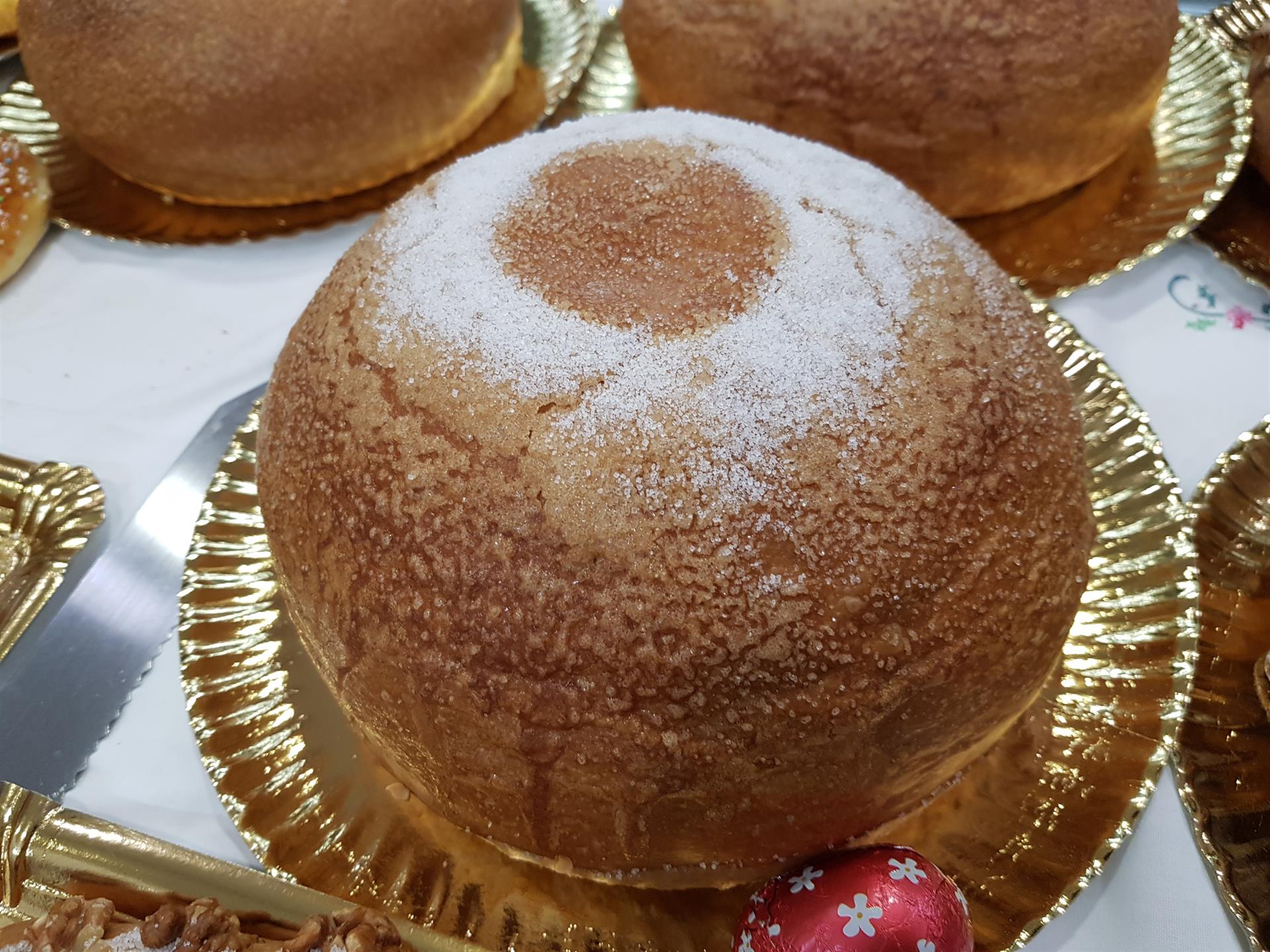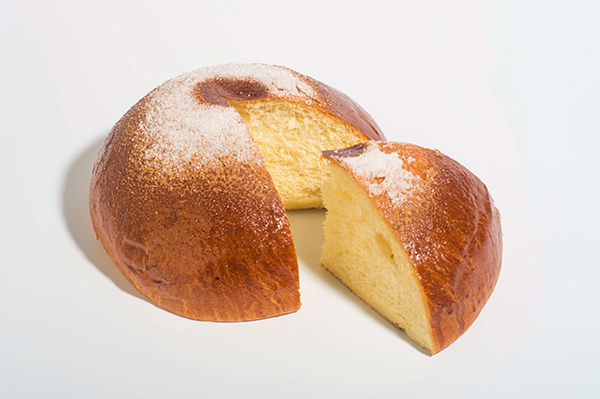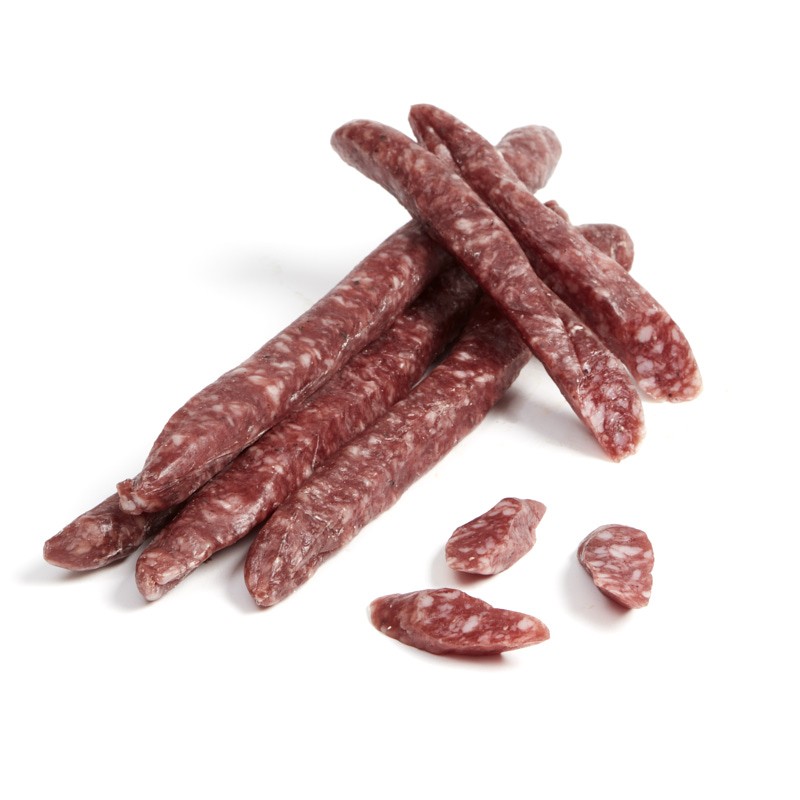Imagine biting into a perfectly golden, slightly sweet bread with a crisp exterior and a soft, fluffy interior. This delicious treat is none other than panquemao, also known as 'pan quemado' or toña, a traditional Spanish Easter bread that has been delighting taste buds for generations.

Panquemao, which translates to "burnt bread" in English, is a misleading name for this delightful pastry. Far from being burnt, it's a beautifully golden-brown sweet bread that's particularly popular in the Valencia region of Spain. The name actually comes from its deeply caramelised crust, which gives way to a soft, white, and spongy interior.
This Easter treat shares many similarities with the more widely known mona de pascua, another Spanish Easter cake. However, the key difference lies in the baking process, which gives panquemao its distinctive appearance and texture.
Like many traditional foods, panquemao is deeply rooted in Spanish culture, particularly in the Easter celebrations of the Valencia region. It's not just a bread; it's a symbol of togetherness, family, and the joy of the Easter season.
Typically, panquemao is enjoyed as an afternoon snack or merienda, often accompanied by a steaming cup of hot chocolate. This pairing creates a comforting and indulgent treat that's perfect for sharing with loved ones during the Easter period.

Ingredients:
To create this heavenly bread, you'll need the following ingredients (this recipe serves 8):
15g fresh yeast
50g lukewarm milk
250g strong flour
2 medium eggs
90g white sugar (60g for the dough, 30g for sprinkling)
40g butter at room temperature
A pinch of salt
Zest of half a lemon
1 beaten egg for brushing
These simple ingredients come together to create a bread that's greater than the sum of its parts. The strong flour provides structure, while the eggs and butter contribute to the rich flavour and tender crumb. The lemon zest adds a subtle citrus note that brightens the overall flavour profile.
Creating the perfect panquemao is a labour of love that requires patience and attention to detail. Here's a step-by-step guide to making this delightful bread:
- Begin by mixing the fresh yeast with the lukewarm milk. This step activates the yeast, preparing it to work its magic on the dough.
- In a large mixing bowl or stand mixer, combine the yeast mixture with the strong flour, eggs, 60g of white sugar, butter, salt, and lemon zest. Knead this mixture for about 20 minutes until you have a smooth, elastic, and homogeneous dough. Don't be tempted to add more flour if the dough seems sticky – it will come together beautifully as it rests.
- Shape the dough into a ball and place it in a greased bowl. Cover with cling film or a clean kitchen towel and let it rise until it doubles in volume.
- Once the dough has doubled, gently deflate it by pressing out the air.
- Reshape the dough into a tight ball. This step is crucial for achieving the characteristic shape of panquemao.
- Allow the shaped dough to rise again until it doubles in size. This second rise can take anywhere from 30 minutes to an hour, depending on the ambient temperature.
- Preheat your oven to 220°C (428°F) with heat from both top and bottom.
- Place the risen dough in the preheated oven and bake for 5 minutes. This initial high-heat bake helps to set the structure of the bread.
- Remove the bread from the oven and reduce the temperature to 180°C (356°F).
- Brush the partially baked bread with beaten egg and sprinkle with the remaining 30g of sugar. This step is what gives panquemao its characteristic golden, slightly crunchy crust.
- Return the bread to the oven and bake for an additional 20 minutes, or until it's beautifully golden brown.
- Allow the panquemao to cool completely before slicing and serving.
The Science Behind the Perfect Panquemao
The process of making panquemao involves some fascinating food science. The initial high-temperature bake causes the water in the dough to turn to steam rapidly, which helps the bread to rise quickly and develop a crisp crust. This is known as "oven spring" in baking terms.
The egg wash and sugar sprinkle applied halfway through baking serve multiple purposes. The egg provides proteins and fats that brown beautifully in the heat of the oven, contributing to the golden colour. The sugar caramelises, adding both colour and flavour to the crust.
The two-stage baking process – starting hot and then reducing the temperature – allows for this perfect balance of a crisp, caramelised exterior and a soft, tender interior.
While panquemao is delicious on its own, there are many ways to enjoy this versatile bread:
Traditional: Serve slices of panquemao with a cup of rich, dark hot chocolate. The contrast between the sweet bread and the slightly bitter chocolate is divine.
Savoury Twist: Try serving panquemao with hard-boiled eggs or dry-cured meats like 'longaniza de pascua'. The sweetness of the bread pairs surprisingly well with these savoury elements.

Breakfast: Toast slices of Panquemao and spread with butter and jam for a decadent breakfast treat.
Dessert: Use panquemao as a base for a bread pudding or trifle for a unique twist on classic desserts.
Gift: Panquemao makes for a thoughtful homemade gift during the Easter season. Wrap a loaf in decorative paper and present it to friends or family.
Preserving Your Panquemao
If you find yourself with leftover panquemao (although this is rarely a problem!), you can store it in an airtight container at room temperature for 2-3 days. For longer storage, you can freeze slices of panquemao for up to 3 months. Simply thaw and toast when you're ready to enjoy.
So why not try your hand at making this Spanish delicacy? With a bit of patience and care, you can create a panquemao that rivals those found in the best bakeries of Valencia. And as you bite into that perfectly golden crust and soft, fluffy interior, you'll understand why this humble bread has been cherished for generations. ¡Buen provecho!